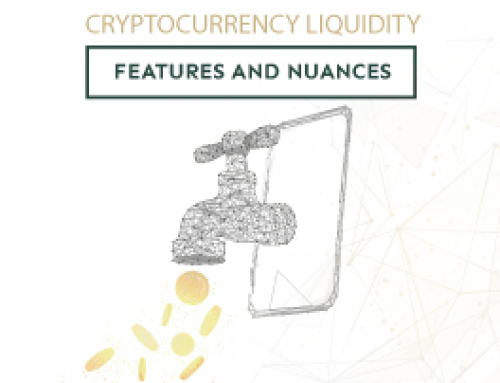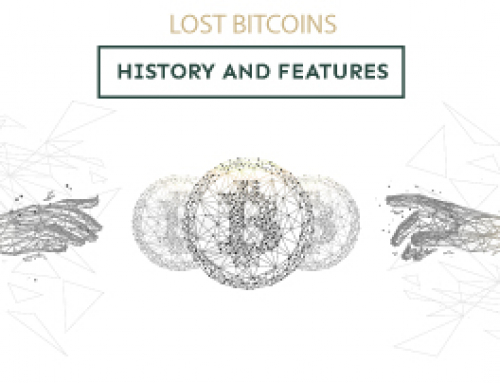Digital assets can be conditionally divided into 2 types – coins and tokens. Coins act as a means of payment. Tokens are analogous to digital stocks. The scope of application is much wider than that of coins. There are several types of tokens, including exchange ones. These are utility tokens, their owners receive certain services on exchanges.
What are They For
Exchange tokens are issued by cryptocurrency platforms that provide users with tools for making money on digital assets. With the help of tokens, the owners of the crypto platform increase the efficiency of their resources.
By the principle of operation, exchange tokens are similar to shares. However, they are not. Main functions:
- Increase market liquidity.
- Create a user base.
Many exchanges are looking to boost their assets. To do this, they buy back their tokens from users and burn them. Incineration – sending assets to a public address, the private keys of which are unknown. Assets are removed from circulation, the volume decreases, and the value increases.
This is not a secret operation, the exchange informs its users about the burning of a certain amount of crypto assets. At the same time, the site buys out tokens at its own expense.
Exchange Token Rate
Adjusting the exchange-traded assets rate is not only about buying out a part of tokens and removing them from circulation. Other methods are applied:
- Dividends – the number of payments is compared with the average payments for different types of passive income, if exceeded, dividends are used to equalize.
- Conducting IEO – for this, users freeze tokens on their exchange accounts, interest in assets rises, and the price rises.
- Discounts on trading and other operations – the more exchange tokens a user has, the higher the number of discounts.
- Voting, participation in development – token holders have privileges, influence the ecosystem of the platform. The more authority users have, the more expensive the asset is.
- Using an exchange token outside the crypto platform – in some projects, you can use a crypto asset as a means of payment.
The main purpose of utility tokens is to save on commissions when trading. Leading sites use different mechanisms and discount systems.
Pros and cons of exchange tokens
An intra-exchange cryptocurrency has its strengths and weaknesses. In this case, the assessment is carried out from the point of view of users of crypto assets and the issuing exchange. For a crypto platform, using your tokens provides only advantages.
Advantages of exchange tokens:
- Savings on commissions when trading and other operations with cryptocurrency.
- Ability to participate in the management of the exchange, vote for changes.
- Increased loyalty to the site.
There are also disadvantages:
- Despite the analogy with promotions, users’ rights are not legally secured by anything. Participation in site management is based on common trust, it has no legal force.
- If the ratings of the exchange fall, the price of the asset will fall, it will be of no interest to anyone.
Examples of the most popular utility tokens
Binance Coin
Binance Coin (ticker BNB) is an exchange token from the most popular cryptocurrency exchange. Serves as an auxiliary tool for the development of the platform. At the end of December 2021, the asset was in 4th place in terms of capitalization (after Bitcoin, Ethereum, and Solana).
For the first 4 years of use, token holders receive a discount on trading operations, buying or selling cryptocurrency. The size depends on the period of use – from 50% in the first year to 6.77% in the fourth.
In total, the emission of 200 million tokens is planned. Each quarter, the exchange practices the burning of assets to the level of 100 million. In the 4th quarter of 2021, 17 tokens were withdrawn from circulation.
Binance originally used the Ethereum blockchain to create their token. After the transition to its own Binance Chain network, a similar number of tokens were withdrawn from circulation – 11 654 397.
Huobi Token
Another world-renowned platform with high turnover uses an exchange token for development and efficiency gain. Key benefits for asset holders:
- Discounts on commissions within the network up to 50%.
- Participation in project management.
- More convenient exchange of some pairs – bitcoin, Ethereum, USDT.
- Distribution of coins in the listing and so on.
The exchange buys back its tokens, uses up to 20% of the total income for this. The redeemed assets are pledged into the user deposit guarantee fund.
FTX Token
The largest cryptocurrency derivatives trading platform has also issued an exchange token. The total issue was 350 million FTT tokens. Asset owners enjoy discounts on trading commissions. The size depends on the volume of tokens for a particular user.
Other exchange tokens include:
- UNUS SED LEO (Leo) – Bitfinex crypto platform.
- OKB – OKEx exchange.
- KuCoin Shares (KCS) – KuCoin trading platform.
- EXMO Coin (EXM) – Exmo exchange.
- GateChain Token (GT) – Gate.io platform and other cryptocurrency exchanges.
The advantage of exchange tokens for investors is that the assets are associated with a well-known and working project. It is profitable and popular, unlike ICOs that enter the market and promise potential investors the opportunity to make money.






Leave A Comment